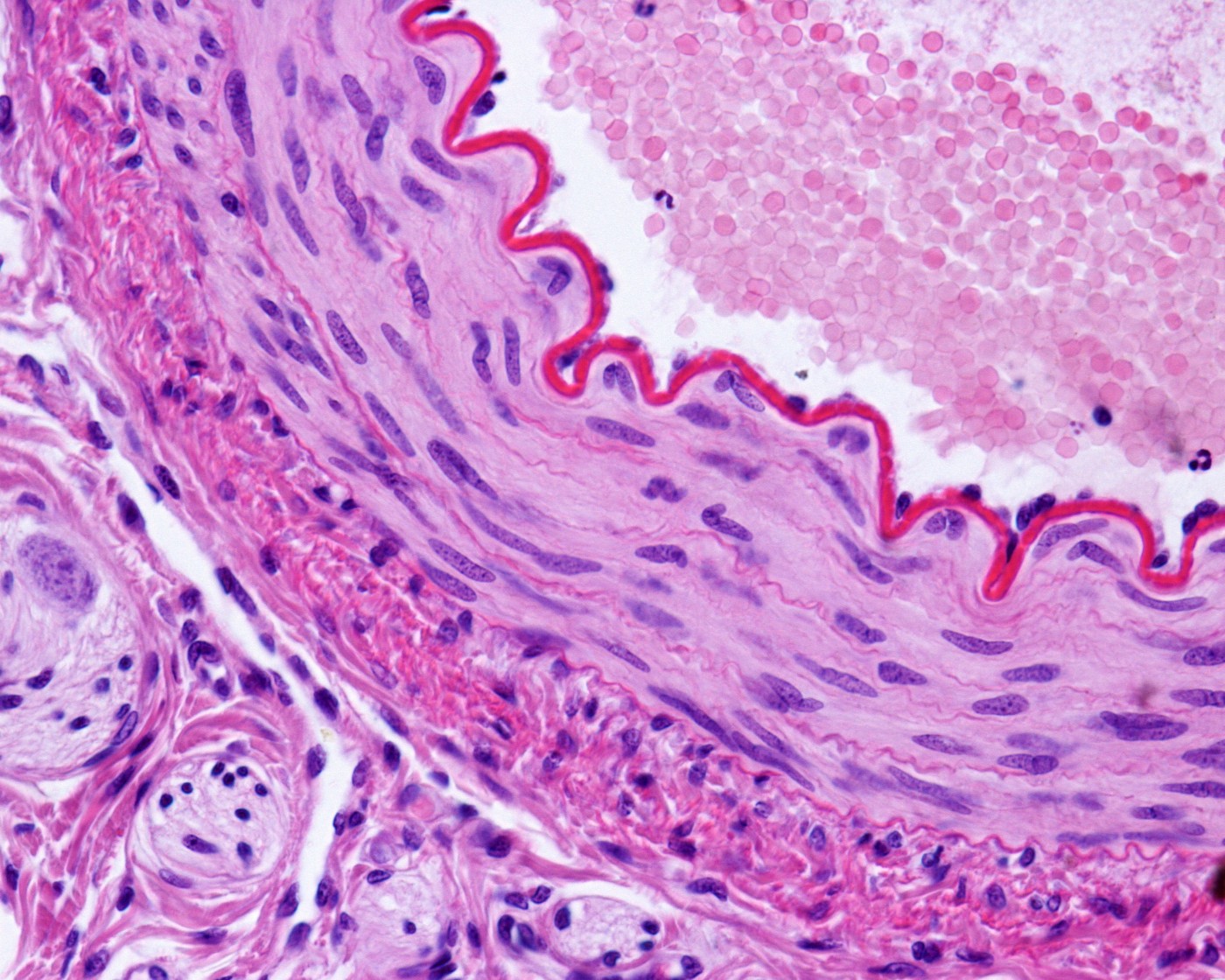Galectin to Present Data on Potential PAH Treatment, a Galectin-3 Inhibitor, at ATS 2016

Galectin Therapeutics, Inc., will present an abstract, a collaboration with researchers at Augusta University titled “Galectin-3 Mediates Vascular Remodeling in Pulmonary Arterial Hypertension,” at the 2016 International Conference of the American Thoracic Society (ATS) being held May 13–18 in San Francisco.
The study, undertaken in the labs of Drs. Scott Barman and David Fulton of Augusta University (AU), concluded with the hypothesis that galectin-3 is a fundamental controller of proliferation and fibrosis in pulmonary arterial hypertension (PAH), and plays a role in the pathologic vascular remodeling that characterizes PAH.
Galectin’s lead investigational product GR-MD-02, one of the galectin-3 inhibitors used in the study, has shown promise in preclinical tests, and its safety was established in a Phase 1 study in people with NASH (nonalcoholic steatohepatitis, a fatty liver disease) that concluded in February 2015. A Phase 2 randomized and placebo-controlled in NASH patients with cirrhosis, called NASH-CX (NCT02462967), began in June 2015.
“We are honored that the outstanding group of investigators at AU used our galectin inhibitor compounds, GR-MD-02 and GM-CT-01, in this important research and to have this research presented at the ATS 2016 International Conference,” said Peter G. Traber, MD, chief executive officer and chief medical officer of Galectin Therapeutics and one of the study’s authors, in apress release. “The detailed results will be presented by the AU investigators who conducted these studies at the ATS meeting and further results will be released at that time.”
The presentation of the poster is scheduled for May 18.
PAH is an increase of blood pressure in the pulmonary artery, pulmonary vein, or pulmonary capillaries, together known as the lung vasculature, leading to shortness of breath, dizziness, fainting, leg swelling, and other symptoms. Pulmonary hypertension can be a severe disease with a markedly decreased exercise tolerance.
Although PAH is a rare disease, with an estimated prevalence of 15–50 cases per million, the prevalence of PAH in certain at-risk groups is substantially higher. For example, in HIV-infected patients the prevalence is 0.5%, in patients with systemic sclerosis it has been reported to be 7-12%, and in patients with sickle cell disease the prevalence is around 2-3.75%.







